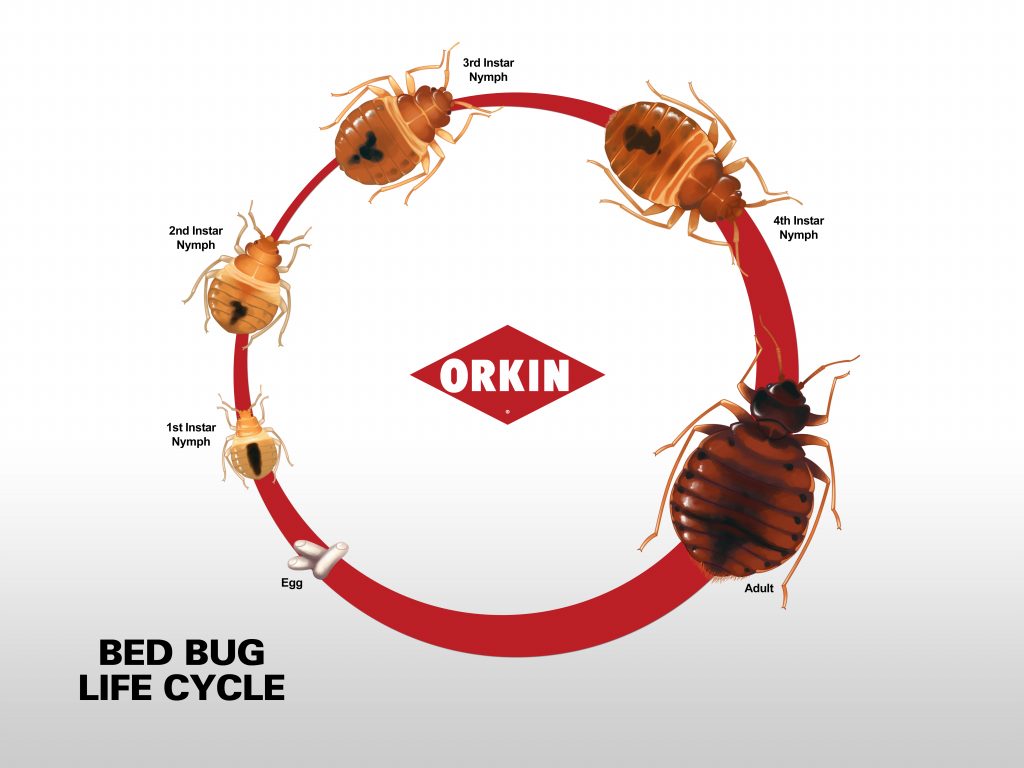As a homeowner, I’m sure you’ve heard about bed bugs and the havoc they can wreak. You may be wondering how long it takes for bed bug eggs to hatch and what you can do to prevent them from entering your home. In this article, we’ll take a closer look at the life cycle of bed bugs and how long it takes for their eggs to hatch. We’ll also discuss some preventative measures you can take to keep bed bugs away.
Different Stages of Bed Bug Development
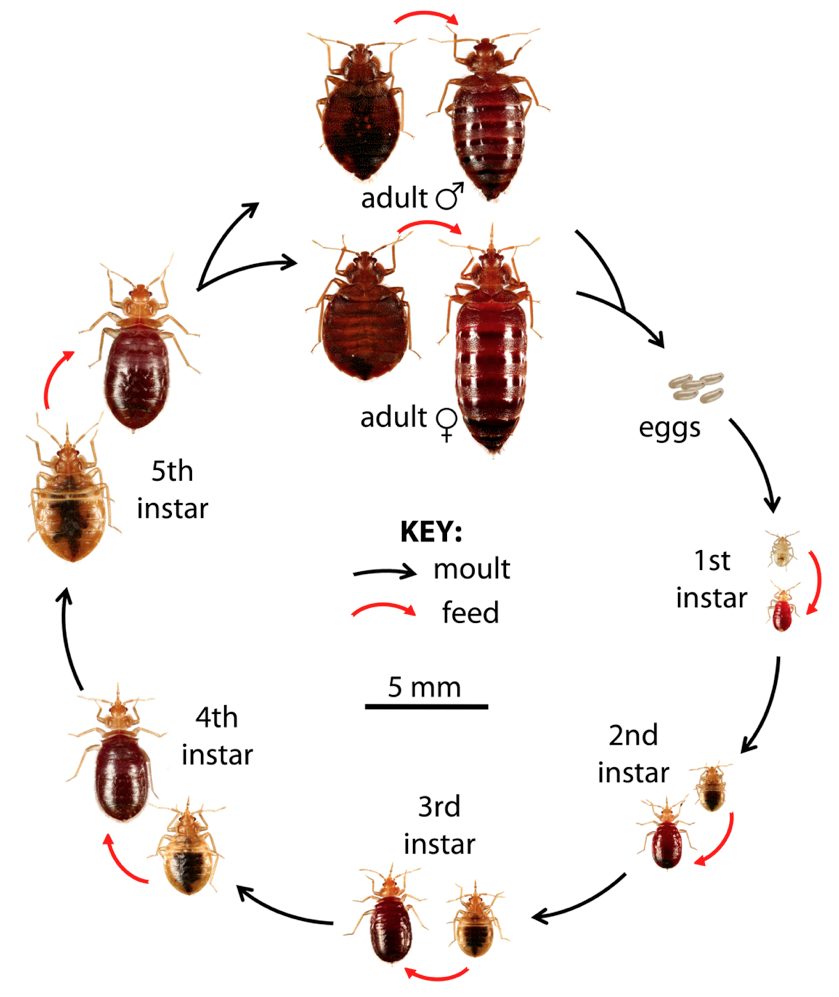
When it comes to bed bug eggs, I know from experience that these pests don’t take long to hatch. Depending on the environmental conditions, it takes between 6 and 17 days for an egg to hatch. Once hatched, the eggs are in the nymph stage. This stage is when the bed bugs begin to feed. It takes about 5 weeks for the bed bugs to fully mature to the adult stage.
Egg
Bed bug eggs are tiny and white in color, typically measuring between 1 and 1.5 millimeters in length. They are also very sticky and adhere to surfaces like walls, mattresses, and furniture. Depending on the environmental conditions, it takes between 6 and 17 days for an egg to hatch.
Nymph
Once the eggs hatch, the bed bug is in the nymph stage. Bed bugs in this stage are nearly colorless and are about the size of a poppy seed. During the nymph stage, bed bugs need to feed on blood in order to survive. They can go through 5 nymph stages, each taking about a week to complete.
Adult
Once the bed bug has gone through all 5 nymph stages, it will become an adult. Adult bed bugs are about the size of an apple seed and are brown in color. An adult bed bug will be able to reproduce and lay eggs, repeating the cycle all over again.
How Long Does it Take for Bed Bug Eggs to Hatch?
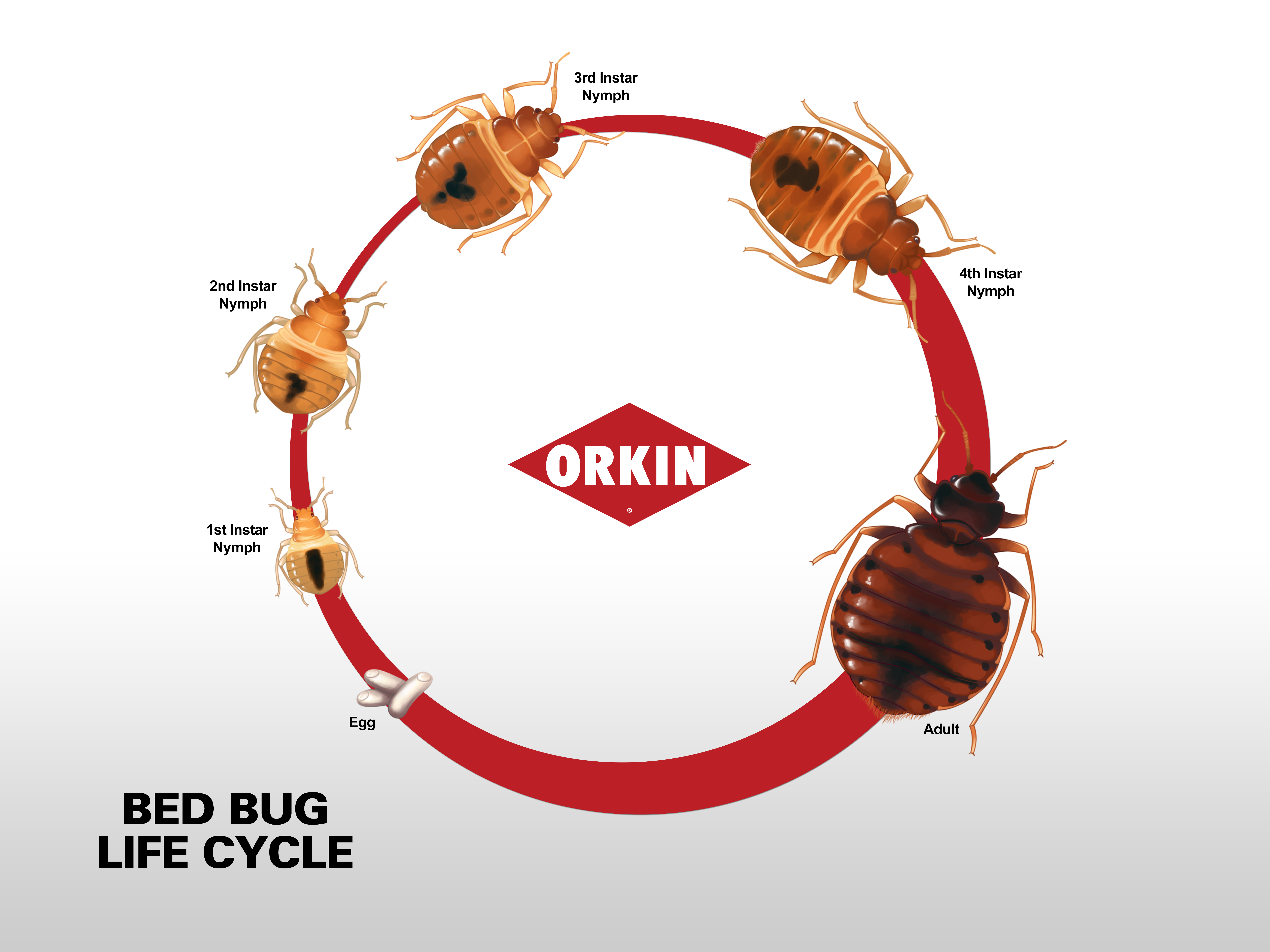
Bed bug eggs typically take between 5 and 10 days to hatch depending on the temperature and humidity in the environment. Newly hatched nymphs, or immature bed bugs, are generally light in color and very small, measuring approximately 1.3mm. They feed in order to molt and grow and this process, from hatching to adulthood, can take anywhere from 4 to 6 weeks.
Before hatching, the eggs are coated with a sticky layer which helps them adhere to surfaces. Bed bug eggs are often found in furniture, bedding, and other fabrics and can be identified as small white or translucent specks.
In order for the eggs to hatch, the environment must remain relatively warm, between 70 and 80°F, and humid, with a relative humidity between 55-90%. If the environment is too dry, the eggs may not hatch.
The entire lifecycle of a bed bug, from egg to adult, can typically take between one and three months. As such, it is important to identify and address any bed bug infestations as soon as possible in order to prevent further spread and reduce the population.
As a homeowner, it is important to understand the factors that impact the hatching of bed bug eggs. Temperature is one of the most important factors. Bed bug eggs can take anywhere from 6 to 17 days to hatch at the optimal temperature of 70 to 80 degrees Fahrenheit. At lower temperatures, the eggs may take up to a month to hatch. At higher temperatures, the eggs may hatch in as little as 5 days. Additionally, the humidity of the environment will also impact the hatching rate.
2 Humidity
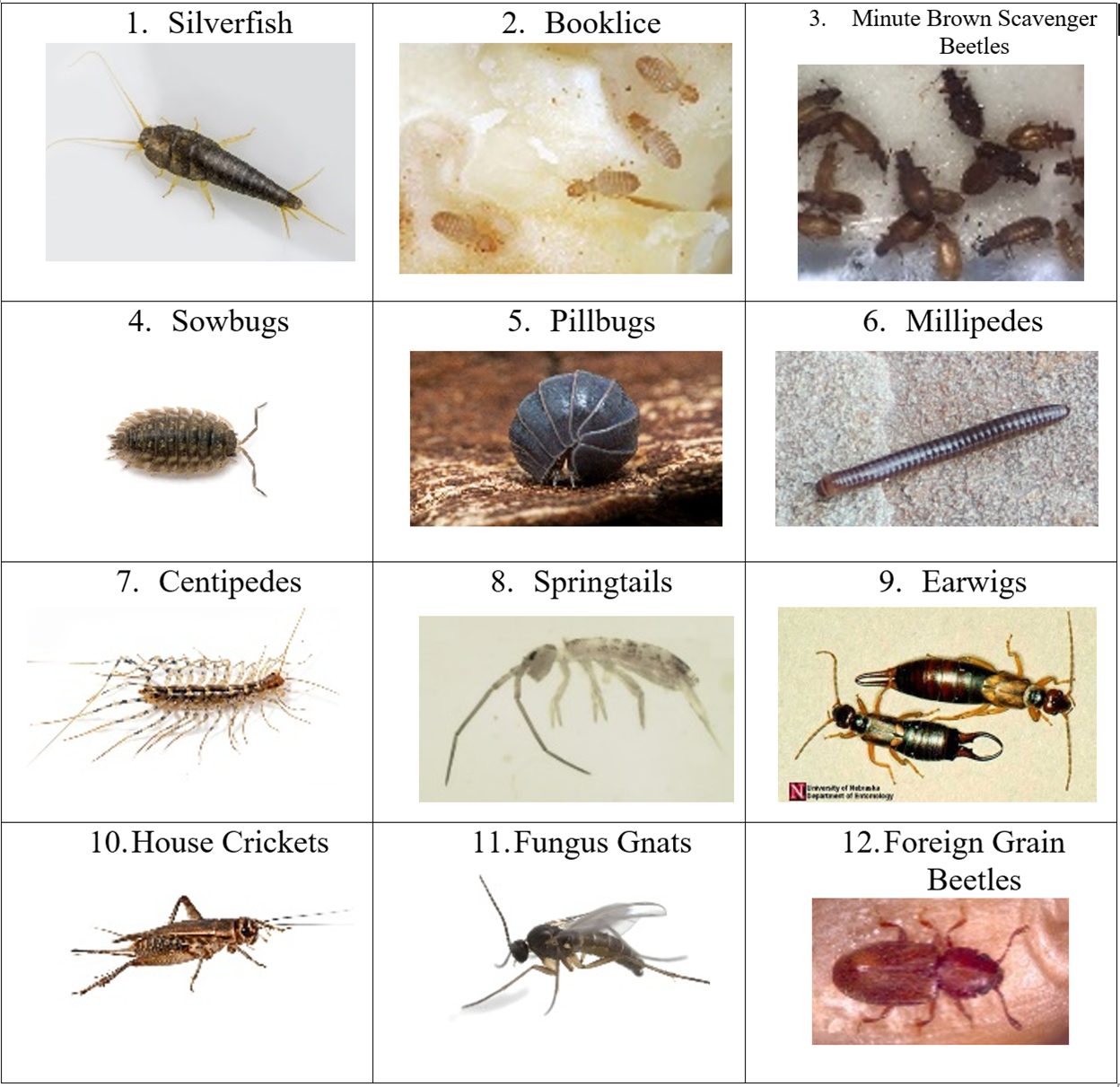
Bed bug eggs typically hatch within 7-10 days in ideal conditions, but the speed of the hatching process is heavily dependent on the level of humidity. When the air is too dry, the eggs may not hatch and could remain dormant for extended periods of time. On the other hand, when the humidity levels are too high (greater than 75%), the eggs will hatch quicker than normal. As such, it is important to maintain a balance of humidity to ensure the eggs hatch at the appropriate time.
3 Food Supply
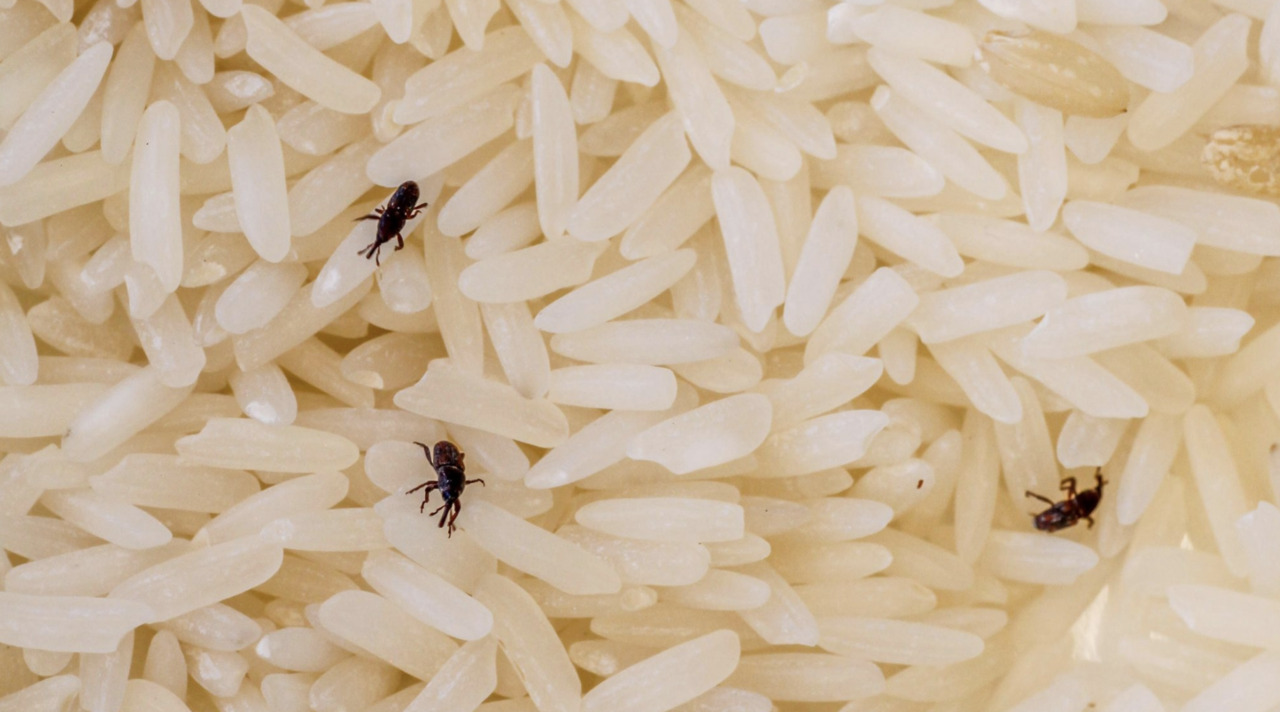
- Blood – Bed bugs feed on the blood of mammals, including humans, and are most active when they feed. They can go without feeding for up to five months.
- Carbohydrates – Bed bugs can also feed on carbohydrates, such as sugars and starches. This is usually done to supplement their diet when food is scarce.
- Protein – Bed bugs can also feed on protein sources, such as eggs, silkworms, and spiders. This is usually done to supplement their diet when food is scarce.
Signs of Bed Bug Eggs
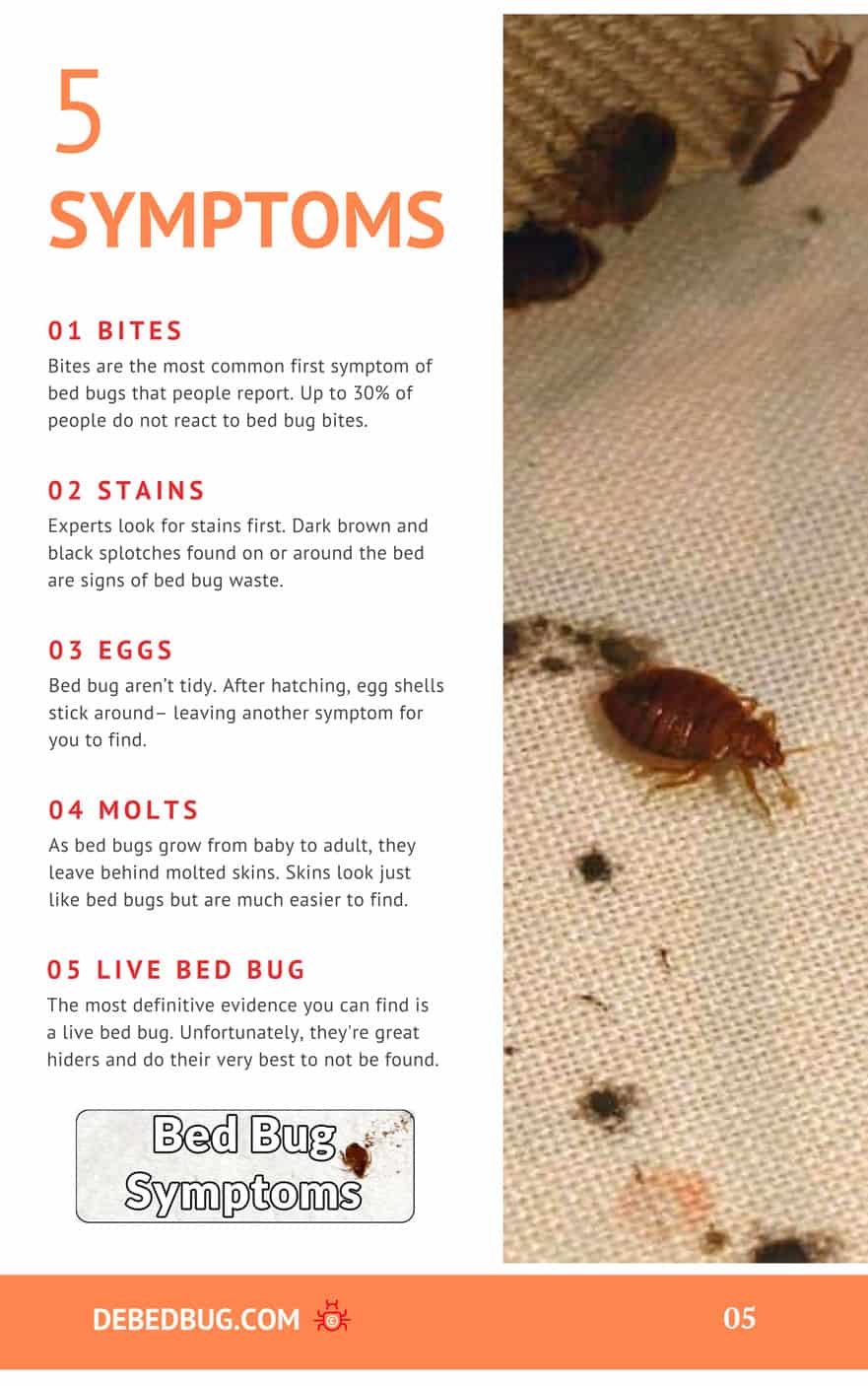
- Bed bug eggs are white, oval-shaped and about the size of a pinhead (1mm).
- Bed bug eggs are sticky and can be found in cracks and crevices, such as baseboards, bed frames, and mattresses.
- Bed bug eggs may also be found on furniture, luggage, curtains, and other fabrics.
- Bed bug eggs are usually found in clusters and are difficult to remove without the use of a vacuum cleaner or other specialized tools.
Bed bug eggs can hatch in as little as 6 days, but it can take up to 10 days for all of the eggs to hatch depending on temperature and humidity levels. It’s important to inspect your home regularly to check for the signs of bed bug eggs and take action if you find any.
Bed Bug Egg Prevention
- Regularly inspect your home for bed bug infestations.
- Vacuum beds, couches and other furniture regularly.
- Wash and dry bedding, curtains and clothing on the highest heat setting.
- Seal any cracks and crevices in walls and floors with caulk.
- Check secondhand furniture, mattresses and other items for bed bugs before bringing them into your home.
- Repair any holes in walls, floors, door and window frames.
- Place bed bug interceptors under the legs of your bed.
- Place mattress and box spring encasements on your bed.
- Discard any infested items.
- Call a professional exterminator if you suspect you have a bed bug infestation.
How to Get Rid of Bed Bug Eggs
Bed bug eggs are notoriously difficult to get rid of, as they are small, sticky and hard to find. Here are some steps to help you get rid of them:
- Clean and vacuum regularly. Vacuuming is an important first step in getting rid of bed bug eggs. Vacuum all the furniture, carpets, mattresses and cracks and crevices. Make sure to empty the vacuum bag or canister once you’re done.
- Wash all bedding and clothes in hot water. This will help to kill any eggs that might be present in the fabric.
- Use a bed bug spray. There are many sprays on the market that are designed to kill bed bugs and eggs. Be sure to read the directions carefully and follow them closely.
- Use a steamer. A steamer can be used to effectively kill bed bugs and eggs. Be sure to get into crevices and other hard to reach places.
- Call a professional. If you can’t seem to get rid of the bed bugs and eggs yourself, it may be time to call in a professional. They can help to identify the source of the infestation and help you get rid of the bed bugs and eggs.
Remember, it’s important to be patient and persistent when dealing with bed bug eggs. It may take multiple treatments to get rid of them completely.
Frequently Asked Questions
Where do Bed Bugs Lay Eggs?
Bed bugs lay their eggs in dark crevices and cracks close to where they feed. They lay their eggs in groups of 1-5, and can lay up to 500 eggs in their lifetime. Bed bug eggs are usually white in color, and are approximately 1 mm in size.
How many bed bugs are in one egg?
Bed bugs typically lay one egg at a time, so there is usually only one bed bug in each egg. The eggs are very small and hard to spot, but they can be seen with the naked eye. They are white and oval in shape, and measure around 1.2 mm in length.
How long does it take for bed bug eggs to hatch?
Bed bug eggs usually take between 6 and 17 days to hatch depending on environmental factors, such as temperature and humidity. Bed bug eggs are laid in clusters of 10-50 and they can remain viable for several months, depending on the conditions. Newly hatched nymphs are tiny, about 1-2 millimeters in length, and are white in color. After their first blood meal, they will start to develop color. Nymphs molt five times before becoming an adult, and the entire process takes between 5 and 8 weeks.
What is the Lifespan of a Bed Bug?
Bed bugs typically live for around 10 to 12 months, although this can vary depending on the environment. They are capable of surviving without food for up to a year, and they can survive extreme temperatures and humidity levels. In ideal conditions, bed bugs can live for up to 18 months.
How quickly do bed bugs multiply?
Bed bugs are prolific breeders and can reproduce very quickly. A female bed bug can lay up to five eggs per day, and can lay up to 500 eggs over her lifetime. A bed bug population can double in size every 16 days, meaning that if you start with one bed bug, you can end up with over 10,000 bed bugs in a little over 6 months.
Conclusion
Bed bug eggs typically take anywhere from 6 to 17 days to hatch, depending on the temperature and humidity of the environment in which they are laid. Bed bug eggs require a temperature of around 82°F to hatch, and are more likely to hatch in higher humidity environments. The time it takes for bed bug eggs to hatch can be sped up or slowed down by controlling the temperature and humidity of the environment in which they are laid.
Controlling the temperature and humidity of a home environment is a great way to slow down the hatching of bed bug eggs and reduce the number of bed bugs present in a residence. However, it is still important to use other methods of pest control, such as chemical treatments, to completely eliminate a bed bug infestation.
